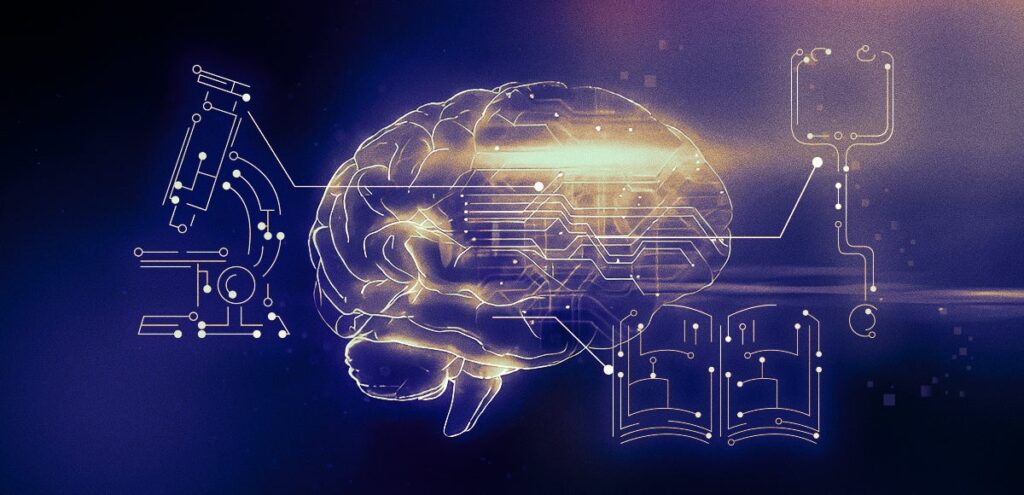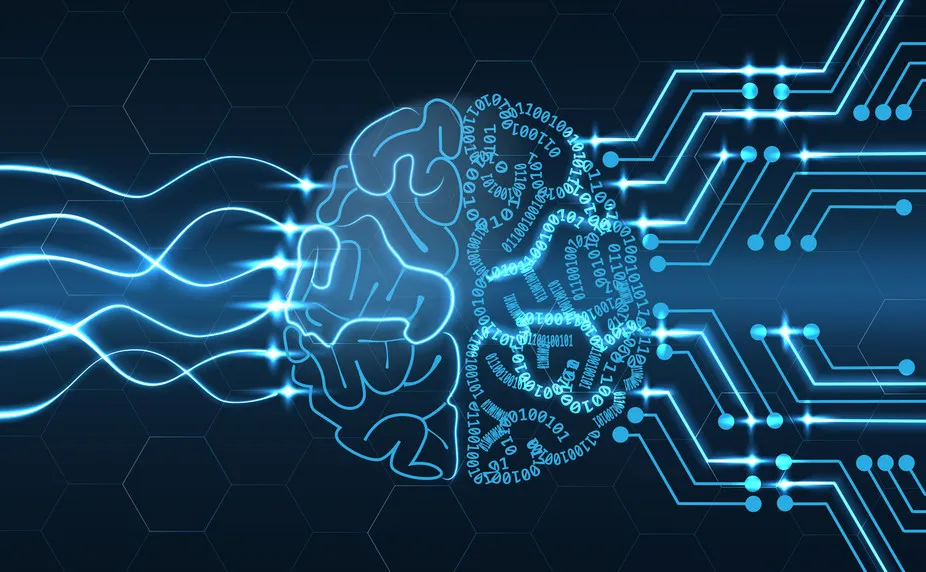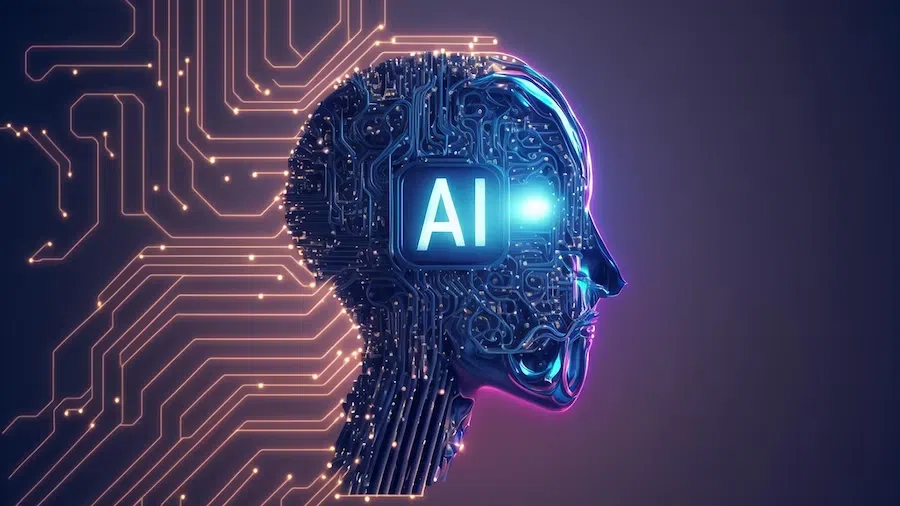Table of Contents
Introduction:
Artificial intelligence (AI) refers to the simulation of human intelligence in machines that are designed to think, learn, and perform tasks typically requiring human intellect, such as problem-solving, decision-making, and understanding language. These machines can be programmed to execute tasks with precision, or they can adapt over time based on the data they process. AI encompasses a variety of technologies that make machines capable of performing activities autonomously. This blog will guide you through 10 essential AI concepts that are foundational to understanding artificial intelligence.

1. Machine Learning (ML)
Machine learning is the engine driving most of today’s AI advancements. It allows computers to automatically learn from data without being explicitly programmed. The key idea behind machine learning is that systems can use historical data to find patterns and improve their performance on a task over time.
For example, in the healthcare industry, machine learning algorithms can be trained to detect cancerous cells by analyzing thousands of medical images. In finance, machine learning models are used to predict stock prices by analyzing historical market data.
There are three types of machine learning:
- Supervised Learning: The algorithm is trained on labeled data.
- Unsupervised Learning: The algorithm finds patterns in unlabeled data.
- Reinforcement Learning: The algorithm learns by interacting with its environment and receiving feedback.
2. Neural Networks
Neural networks form the backbone of most AI systems today, particularly those involved in deep learning. Inspired by the structure of the human brain, these networks consist of interconnected layers of nodes or “neurons.” Each neuron receives input, processes it, and then passes it on to other neurons in the network. This process allows neural networks to recognize patterns, such as distinguishing between images of cats and dogs or identifying spoken words.
Neural networks excel at recognizing patterns in vast amounts of data, making them ideal for tasks like:
- Image recognition: Identifying objects within images.
- Speech recognition: Converting spoken language into text.
- Natural language processing: Understanding and generating human language.
3. Natural Language Processing (NLP)
Natural language processing (NLP) enables machines to understand and generate human language. It’s the technology that powers virtual assistants like Siri and Alexa, as well as chatbots and language translation services. NLP combines linguistics and AI to process and understand both spoken and written communication.
There are several aspects to NLP:
- Speech recognition: Transcribing spoken words into text.
- Sentiment analysis: Understanding the emotional tone of text (e.g., positive, negative, neutral).
- Language translation: Converting text from one language to another.
NLP is behind everyday technologies such as spam filters, where it identifies and filters out unwanted emails, and autocorrect on your phone, which suggests words based on your typing habits.

4. Computer Vision
Computer vision is the field of AI that trains machines to interpret and understand the visual world. By analyzing digital images and videos, AI systems can identify objects, track movements, and even generate new visual data. It’s an essential technology behind facial recognition systems, autonomous vehicles, and diagnostic tools in healthcare.
Some key applications of computer vision include:
- Facial recognition: Identifying individuals based on their facial features.
- Autonomous vehicles: Allowing cars to detect objects and navigate roads safely.
- Medical imaging: Analyzing medical scans to detect anomalies such as tumors.
5. Robotics
Robotics is the field where AI meets the physical world. AI enables robots to perform tasks autonomously, make decisions in real time, and adapt to their environment. Robots can be found in many industries, from manufacturing to healthcare, where they perform delicate surgeries or assist in rehabilitation.
Types of robotics include:
- Industrial robots: Used in manufacturing to assemble products or perform repetitive tasks.
- Service robots: Used in healthcare or home environments to assist people, such as helping with daily activities or delivering medication.
- Exploration robots: Used in space exploration, like NASA’s Mars rovers.
6. Deep Learning
Deep learning is a subset of machine learning that uses neural networks with many layers to process large amounts of data and make complex decisions. This method is especially useful in tasks such as image classification, natural language processing, and speech recognition.
Deep learning excels in handling large, unstructured data (like text, images, or videos) and is the driving force behind innovations like:
- Self-driving cars: Understanding the vehicle’s surroundings in real-time.
- Virtual assistants: Responding accurately to voice commands.
- Image generation: Creating realistic images from scratch, as seen in generative AI models.

7. Reinforcement Learning
Reinforcement learning is a type of machine learning where an agent learns by interacting with its environment. The agent receives rewards for good actions and penalties for bad ones. Over time, it learns to maximize its total reward by making optimal decisions. This learning method is widely used in game AI, robotics, and autonomous systems like self-driving cars.
For example, reinforcement learning is used in video games, where the AI adapts to the player’s actions to create a more challenging experience, or in robotics, where the machine learns to perform tasks such as balancing or navigating obstacles.
8. Expert Systems
Expert systems are AI programs designed to mimic the decision-making abilities of a human expert in a specific domain. They use predefined rules to analyze data and provide solutions. Expert systems have been widely used in fields like healthcare (for diagnosis), finance (for investment advice), and law (for legal reasoning).
Key components of expert systems include:
- Knowledge base: Stores domain-specific knowledge.
- Inference engine: Applies rules to the knowledge base to solve problems or make decisions.
An example of an expert system is a medical diagnostic tool that helps doctors identify diseases based on symptoms and medical data.
9. Fuzzy Logic
Fuzzy logic is a form of reasoning used in AI that deals with uncertainty and imprecision, much like human reasoning. Unlike traditional binary logic, which is either true or false, fuzzy logic allows for values between true and false, which makes it useful for real-world situations where information is often incomplete or ambiguous.
Fuzzy logic is used in:
- Control systems: Automating processes like climate control in air conditioning.
- Decision-making: Enabling machines to make decisions in uncertain or variable environments.

10. AI Ethics
As AI continues to evolve and become more integrated into society, ethical concerns about its impact have emerged. AI ethics focuses on addressing issues such as privacy, bias, and accountability. For example, facial recognition systems can be biased if trained on non-representative datasets, leading to discrimination. There are also concerns about AI replacing jobs, raising questions about how societies should manage the transition.
Key ethical questions include:
- Bias in AI systems: How can we ensure fairness and prevent discrimination?
- Data privacy: How should companies protect user data in AI-driven applications?
- AI and jobs: How will AI impact employment and what can be done to mitigate negative effects?
Case Studies
1. Netflix Recommendation System (Machine Learning)
Netflix uses sophisticated machine learning algorithms to analyze user behavior—such as what you’ve watched, how long you’ve watched, and your ratings—to recommend content. By learning from millions of users, Netflix constantly improves its recommendation system, ensuring that the content you’re likely to enjoy is always front and center.
2. Tesla Autopilot (Computer Vision and Reinforcement Learning)
Tesla’s Autopilot system combines computer vision, deep learning, and reinforcement learning to navigate roads autonomously. The system continuously collects data from the car’s surroundings—using sensors, cameras, and radars—to make real-time decisions, such as when to steer, accelerate, or brake, enabling safer and more efficient driving.
3. Google Translate (Natural Language Processing)
Google Translate leverages advanced natural language processing (NLP) techniques to break down language barriers. By processing large datasets of multilingual text, Google Translate can provide accurate translations, even for idiomatic expressions and slang. Its deep learning models have significantly improved the tool’s fluency and accuracy over the years.
Conclusion
Artificial intelligence is reshaping industries by automating tasks, solving complex problems, and enhancing human capabilities. From machine learning to AI ethics, understanding these 10 critical AI concepts gives you a solid foundation in one of the most transformative technologies of our time. In just 5 minutes, you’ve gained insight into the world of AI and its key components
What is the Role of Neural Networks in AI?
Neural networks are the backbone of many AI systems. Inspired by the human brain, these networks consist of interconnected layers of neurons that process data, recognize patterns, and make predictions, helping AI systems perform complex tasks like image and speech recognition.
How Does AI Use Computer Vision?
Computer vision is a field of AI that enables machines to interpret and understand visual information from the world, such as images and videos. AI systems use computer vision in applications like facial recognition, autonomous vehicles, and medical imaging.
What is Reinforcement Learning in AI?
Reinforcement learning is an AI training method where an agent learns by interacting with its environment. The agent receives feedback in the form of rewards or penalties and adapts its actions over time to achieve better results. It’s commonly used in game AI, robotics, and autonomous vehicles.
What is Fuzzy Logic in AI?
Fuzzy logic is a form of reasoning used in AI that deals with uncertainty and ambiguity, similar to human decision-making. Unlike traditional binary logic, fuzzy logic allows for varying degrees of truth, making it useful in control systems and decision-making processes in uncertain environments.